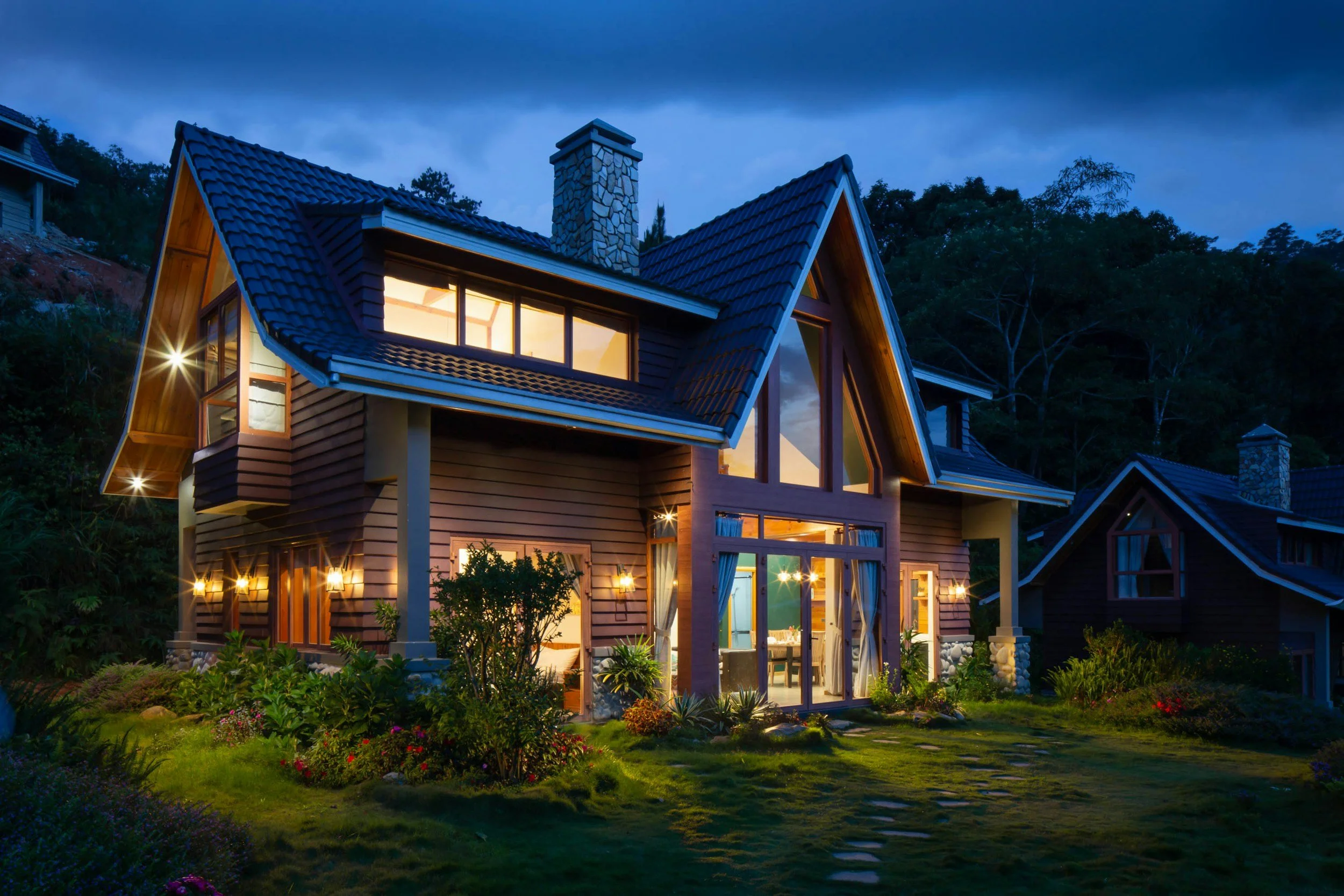Curb Appeal Magic: Transforming Your Property’s First Impression
Curb appeal sets the tone before anyone steps inside. Whether you're listing a home, managing a rental, or preparing for long-term tenants, what people see from the street matters. According to the National Association of Realtors’ Outdoor Features Report, 97% of agents believe curb appeal is important for attracting buyers, and most recommend improving it before listing. That first impression is more than a visual. It influences decisions quickly and shapes how people feel about the rest of the property.
The good news is that it doesn’t take a full renovation to make a difference.
Improvements That Deliver
Not all upgrades are created equal. Some projects can significantly boost your property's appearance and long-term value, while others offer little return. Landscaping, siding repair, and updated exterior lighting are reliable improvements that often pay off. If you're unsure where to start, this breakdown of top renovations with the best ROI can help you prioritize.
Curb appeal is less about perfection and more about showing care. A clean, safe, and maintained property sends the right message. Simple upgrades like a freshly painted front door, new house numbers, or modern light fixtures can make a noticeable difference. Even quick fixes like wiping down windows or replacing a rusted mailbox help the home feel more put together.
Try These Quick Wins:
Wash exterior siding and trim
Replace damaged or missing shingles
Add a new welcome mat
Pressure wash the walkway and driveway
Cut back overgrown plants
These details may seem small, but they work together to create a polished, welcoming first impression, without stretching your time or budget.
Landscaping That Works All Year
A yard doesn’t need to be complicated, but it should be tidy. Keep the lawn mowed, pull weeds, and choose low-maintenance plants that hold their shape throughout the seasons. Decorative gravel or mulch can fill gaps and keep the space looking finished.
If you want to take things further, consider planting evergreens or ornamental grasses. These maintain structure and greenery year-round, adding consistency to the landscape. Flower beds with seasonal color can offer variety without becoming high-maintenance.
Lighting Makes the Difference
Outdoor lighting does more than improve safety. It also adds warmth and character. Well-placed lighting can highlight the architectural lines of the house or accent garden features. Use solar lights along walkways and driveways, and check that porch bulbs are functional and bright enough for evening visits.
A motion sensor light near side doors or garages is another smart addition. It helps with visibility and adds a layer of security. These upgrades are inexpensive but effective in making your home feel cared for and thoughtfully designed.
The Entry Matters Most
People pay attention to the front entrance. If the space feels neglected, it can raise questions about how the rest of the property is maintained. Keep it clear and clean. Repair any loose railings or cracked steps. If there is space, add one or two potted plants for color and balance.
Walk up to the home as if you were visiting it for the first time. Look for anything that stands out or feels off. Sometimes, a small fix at the front entry has more impact than a larger project elsewhere.
Plan for the Seasons
Your curb appeal strategy should shift with the seasons. In fall, rake leaves, clean gutters, and add a seasonal wreath to the door. In winter, clear snow from paths, add evergreen planters, and make sure exterior lights work properly. In spring and summer, focus on fresh mulch, blooming flowers, and bright paint touch-ups.
These seasonal adjustments show that the home is well cared for throughout the year. They also help reduce long-term maintenance by keeping exterior materials in better condition.
Don’t Overlook Maintenance
Preventive maintenance is part of curb appeal. A broken gutter, peeling trim, or a leaning fence can make a property seem like it is falling into disrepair. These issues are easy to spot and often turn away potential tenants or buyers before they ever enter the home.
This overview of why preventive maintenance matters outlines how staying ahead of issues protects your investment and helps avoid costly repairs down the road.
For owners managing more than one property, hiring outside help can keep everything on track. Regular outdoor care and seasonal checks handled by professional property services ensure that nothing slips through the cracks when you are short on time or resources.
Looking to the Future
Whether someone is touring a rental, arriving for an open house, or just driving by, they are forming an opinion the moment they see the exterior. That opinion shapes how they view everything else inside.
Focus on the basics. Keep things clean, safe, and well-maintained. Choose one weekend each season to walk around the property, check for small issues, and make a short list of improvements. A few hours of upkeep can carry a strong return all year long.
This kind of care not only makes the property more appealing now, but it also protects its long-term value. Good curb appeal is not just a one-time project. It’s a habit. With a consistent approach and a few smart upgrades each season, you can create a home that feels inviting, stable, and worth investing in—whether you’re living there, renting it out, or preparing it for sale.

